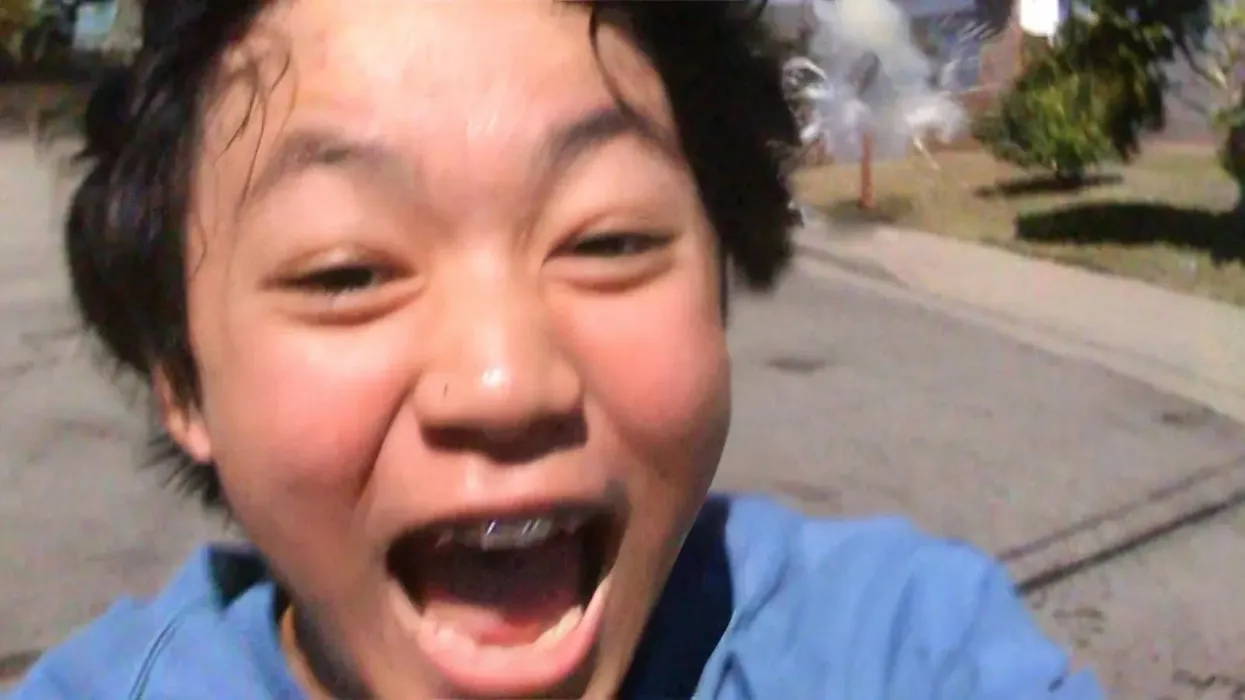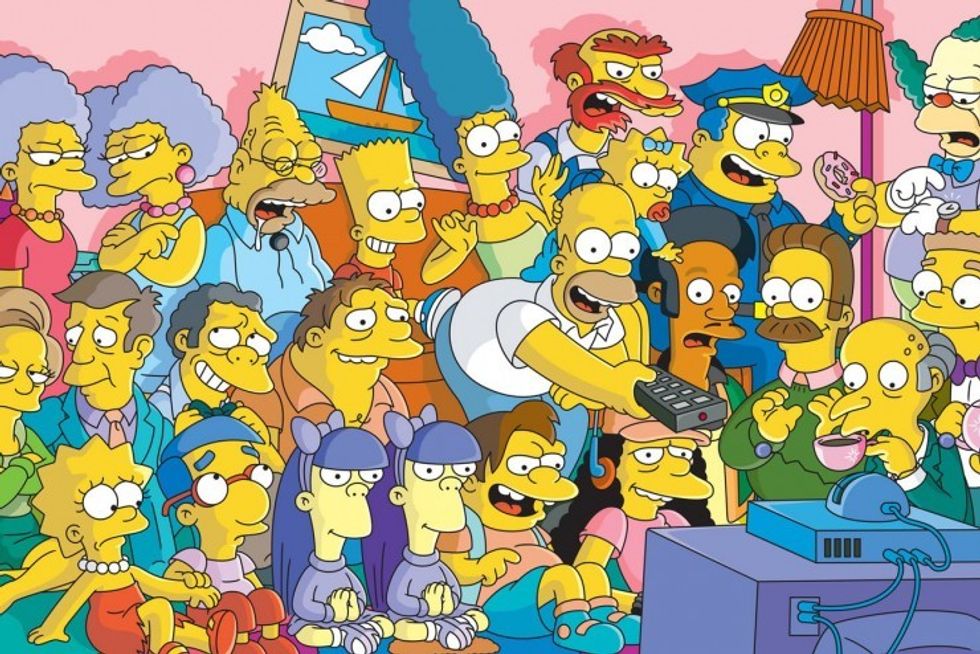Editor Arielle Zakowski Shares How She Edited Sundance Feature Film, 'Dìdi (弟弟)', using Adobe Creative Cloud
“Dìdi (弟弟)” is a coming of age film that shares the story of a 13-year-old Taiwanese American boy’s last summer before high school.

Dìdi (弟弟)
This post was written by Meagan Keane and originally appeared on the Adobe Blog on January 22nd, 2024.
The film, based in 2008, shows him experiencing what his family can’t teach him: how to skate, how to flirt, and how to love your mom.
Director Sean Wang’s debut feature film takes the audience on a ride through the ups and downs of adolescence sharing how a first-generation teenager navigates the beauty and pain of cultural heritage in a sea of conformity.
We sat down with editor Arielle Zakowski (editor of “Missing”), and assistant editor Christopher Tennant who used Adobe Creative Cloud including Adobe Premiere Pro, After Effects and Frame.io to create this story.
“Dìdi (弟弟)” premiered at Sundance Film Festival on January 19 and has been picked up for theatrical distribution by Focus Features.
How and where did you first learn to edit?
Zakowski: I vividly remember how much fun I had when I put together a video for my sister’s Bat Mitzvah and how great it felt to watch the “audience” of sugar-high 13-year-olds react to something I had edited. A year or two after that, I interned at a small post-house and really started to understand what editing was. The more I played around, the more I fell in love with it.
How do you begin a project/set up your workspace?
Zakowski: It helps to have an incredible assistant editor like Chris to get you all set up! On “Dìdi”, we edited in Premiere Pro, and used Productions which allowed both Chris and I to be in the project at the same time and effortlessly pass sequences back and forth. Throughout the shoot, Chris would ingest dailies, and I would be watching and assembling. We tried to stay only a day or two behind, so that I could answer any questions that came up from our director Sean Wang or any of our producers. Within a few days of them wrapping the shoot, we had a full assembly of our movie and dove right into our director's cut.
Tennant: I could go on about this all day — I love getting into the weeds on nerdy stuff. When building out a production, I like to create a lot of projects that have a few assets each. Small projects are easier on the system and allow for tighter collaboration because each person accessing the production can be specific about opening what they need at any given time.
To that end, I create a new project for each day of dailies, sync them into multicam sequences, and then distribute those sequences into scene projects for Arielle who can then make selects and start assembling. One extra-helpful, extra-secret trick is to modify the multicams’ audio channels, so that the editor is only cutting with the mixdown tracks. It keeps your timeline much more manageable.
Tell us about a favorite scene or moment from this project and why it stands out to you.
Zakowski: One of my favorite things about this movie is the incredible energy that our young cast brings to the screen. It’s rare to see a movie about teens actually played by teens, and this group brought such an authenticity to every scene.
There’s a sequence early on in the movie where our main character Wang Wang (played with beautiful nuance by Izaac Wang) meets up with his best friends in a park and heads over to a pool party. We challenged ourselves to keep cutting that sequence tighter and tighter until it felt like it was buzzing with energy — trying our best to mimic the excitement you’d feel at a party with 50 other kids and minimal parental supervision. It was a blast to put together.
Tennant: I grew up in a similar time and place as Wang Wang, and I am a big computer geek, so I got excited about every detail of 2008 technology. In one scene, Wang Wang and his friends text his crush on an old-school Motorola KRZR flip phone — the exact phone I owned at that age. I had a lot of fun recreating the T9 texting style in After Effects and recalling the SMS conversations I had with my friends. It’s like a dead language at this point!
What were some specific post-production challenges you faced that were unique to your project? How did you go about solving them?
Zakowski: I think our biggest challenge on this one was time. Every project is a unique race to the finish line but this one was particularly speedy. Luckily for us, between the incredible strength of the script, the genius of all the artists working their magic, and the pure gold we found in all of our footage, we felt like we were off to the races right away. Everything fell into place quite easily, so we could just focus on making the movie the best version of itself.
Tennant: In addition to that, Arielle is a super-fast editor, and I was always impressed at how quickly she’d take a scene from idea to execution. From the very first assembly, the movie was basically working.
What Adobe tools did you use on this project and why did you originally choose them? Were there any other third party tools that helped enhance your workflow?
Zakowski: In addition to using Productions, we also had a handful of scenes that take place within the world of a 2008 computer (we’re talking AIM, MySpace, etc.). For those sequences, we used Adobe Photoshop and Adobe Illustrator to create the computer assets, and then we built our fake computer and created the animation in After Effects. It was super easy to send material back and forth between the programs during this process and allowed us to work quickly and efficiently as well as have many different people help out with different aspects of the process.
We also used Frame.io pretty much daily! During the shoot, it was used to review dailies, during the edit, we used it to send all of our work-in-progress postings, and during finishing, it was used to shuttle prep back and forth. Frame.io is super intuitive and fast and allows people to leave notes directly on the cuts. It’s my go-to site for postings.
Tennant: In addition, I’ve used it during turnovers to send materials to and from all of our vendors (as I say this, I’m using the Frame.io Transfer tool to upload updated picture references to our sound designer)! My favorite feature in Frame.io is the link-sharing management tool that allows me to update assets on links that have already gone out.
If you could share one tip about Premiere Pro, what would it be?
Zakowski: This is so specific, but I’ve become a sucker for using adjustment layers, with a transform effect applied, to do any digital zooms. It allows you to apply the same zoom over multiple clips to ensure the same speed of movement, and it is easy to toggle on/off.
Tennant: As an assistant editor, you’ll get much faster and more accurate when you standardize and automate your repetitious work. In Premiere Pro, that often means building out customized settings and presets whenever possible — effect presets, export presets, sequence presets, keyboard settings, window management, adjustment layers with source clip effects — everything you can think of. The more that you can teach the machine how to do your work, the less tedious work you have to do.
Arielle likes having dialogue string outs of every scene in the movie, so she can easily compare line readings from different takes. I used Speech to Text, along with Text-Based Editing, to quickly break down dailies based on the dialogue spoken. It was a marked improvement over doing things the old-fashioned way.
Who is your creative inspiration and why?
Zakowski: Every project I do, and every movie I watch, teaches me something new about filmmaking. While editing “Dìdi”, Sean and I talked a lot about combining the high octane energy of 13-year-old testosterone with the patient, lived-in world of the main character’s home life. As a result, our edit influences spanned everything from “Lady Bird” to “Yi Yi”.
An editor himself and a connoisseur of 2008-era nostalgia, Sean was obviously a massive resource and source of inspiration for me throughout this process. He has an incredible short film called “H.A.G.S.”, which definitely influenced some of the fun sequences in the movie.
Tennant: Arielle is my creative inspiration!!
What’s the toughest thing you’ve had to face in your career and how did you overcome it? What advice do you have for aspiring filmmakers or content creators?
Zakowski: I’ve been super fortunate to work with incredibly talented directors in my career thus far and often can’t believe this is what I get to do for work. Looking back, I remember feeling frustrated trying to make that jump from assistant editor to editor. It takes many years of hard work, but I found that the best way to keep pushing the boulder up the hill is to keep editing. Anything you can get your hands on helps you hone the craft and meet people, and the more you do, the more opportunities present themselves.
Share a little about where you work. What’s your favorite thing about your workspace and why?
Zakowski: We were very spoiled on this project and edited this film out of Work Editorial, a commercial editing house in LA. There were tons of windows and wonderful company — it doesn't get much better than that.
This post was written by Meagan Keane and originally appeared on the Adobe Blog on January 22nd, 2024.














